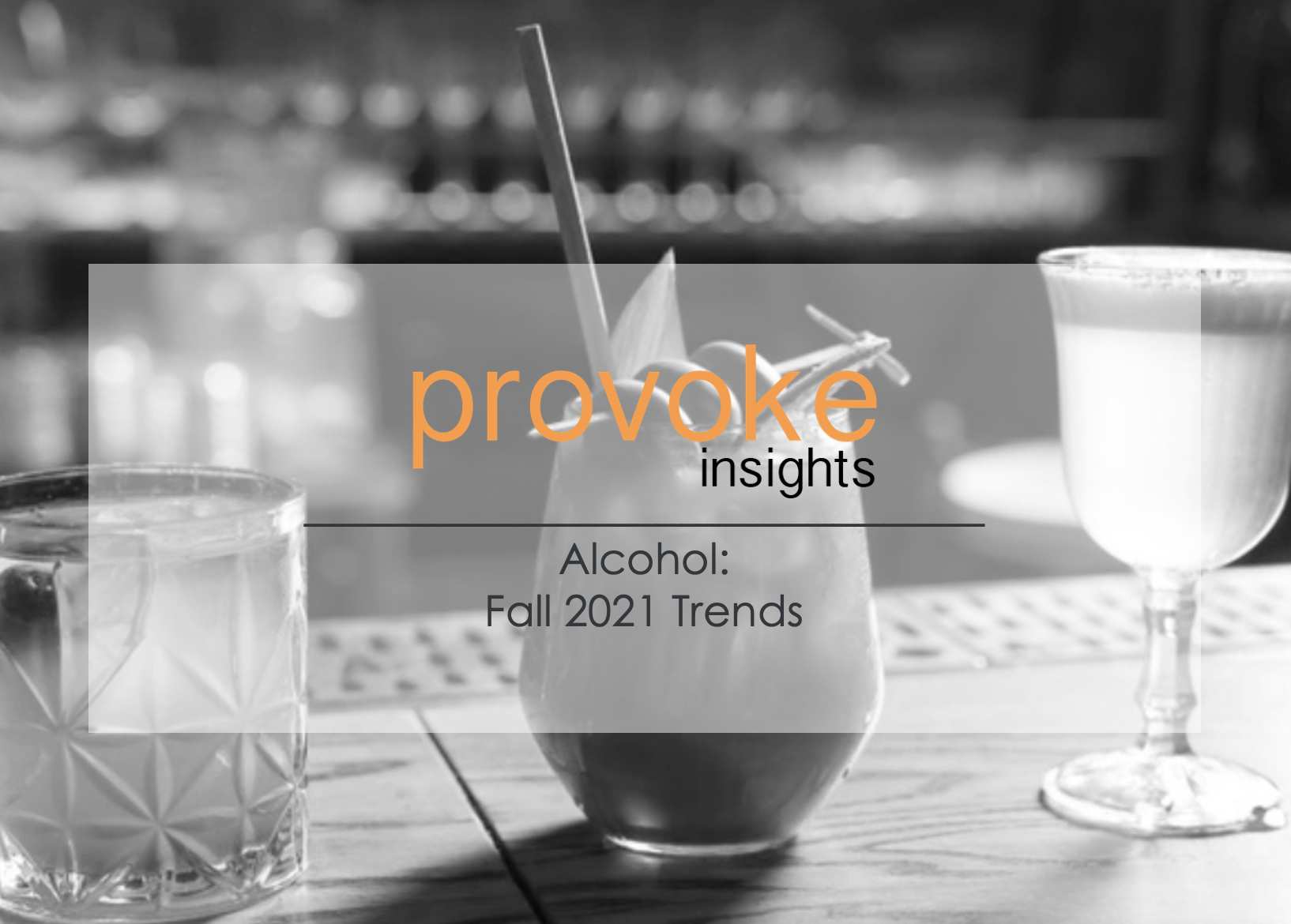Alcohol Research 2022
Due to the COVID-19 pandemic, some Americans have been staying in more and going out less. The unpredictability of the coronavirus has many divided over whether they raise their glasses at restaurants, in small gatherings, or via Zoom happy hours. As we continue into the third year of the pandemic, how have American alcohol purchases changed? In Provoke Insights’ third wave of in-house trends research, we set out to track habits, trends, and consumer attitudes in 15 different industries, including the alcohol industry.
People are Purchasing More Alcohol
Despite the pandemic, more and more consumers are returning to bars and restaurants, and alcohol purchases have been increasing. Compared to January 2021, beer purchases among Americans have gone up 13% and liquor purchases 9%. Wine purchases grew the least, with a 3% increase. It is also interesting to note that about half of Americans purchased beer (52%) and liquor (44%), while only about one-third purchased wine.
Who is Purchasing Alcohol Products?
Almost two-thirds (63%) of beer purchases are male. They are also more likely to have kids, have a household income of $100k+, and be Millennials. Liquor purchasers also tend to be male and have kids, but they usually live in cities and are Democrats. Wine purchasers are more likely to have a household income of $100k+, live in cities, and have kids. They also tend to live in the Northeast and be Millennials. Surprisingly, the only characteristic that is shared among different alcohol purchasers is the likelihood of having kids.
Concern About the Economy
Overall, a majority of Americans (70%) are concerned about the economy. Although wine purchasers make up a smaller percentage and are wealthier, they tend to be more fearful about the economy. Three-fourths (74%) of wine purchasers are moderately/extremely concerned about the economy, compared to 70% of beer buyers and 69% of liquor purchasers.
Download the full report for free here.
Methodology
Provoke Insights conducted a 15-minute online survey in autumn of 2021 among 1,504 Americans between the ages of 21 and 65. Provoke Insights uses a random stratified sample methodology to ensure a high degree of representation among the U.S. population. (This includes household income, age, gender, geography, ethnicity, and children living in the household.) Statistical differences between subgroups were tested at a 95% confidence level. The margin of error is +/-2.5%.












